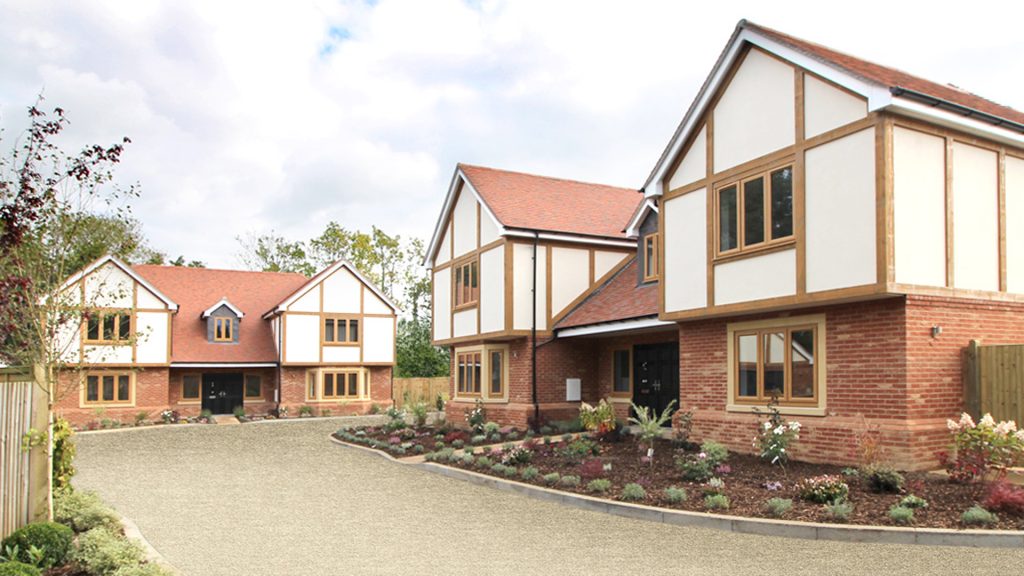Council Tax and How It Applies to New Builds
28-03-2024 Blog
Introduced in England, Scotland and Wales in 1993, council tax is a local taxation system for domestic properties. It replaced the short-lived community charge, also known as the poll tax, which in turn replaced the domestic rates system. When buying a house, purchasers may be minded to consider how much council tax their new address will incur annually. So, how is council tax on new-build homes calculated on how much should buyers expect to pay?

Who has to pay?
Typically, anyone aged 18 or over is liable for council tax. A full council tax bill is based on at least two adults living in a home. Spouses and partners who live together are jointly responsible for paying the bill.
Find your council tax band
The Valuations Office Agency (VOA) decides the council tax bill for new-build properties. A property’s size, value and location will determine which council tax band it is assigned to. To obtain the valuation band for your new-build property, visit the government’s housing and services website. You will also need to know how much your local council charges for that band and whether a discount or exemption applies.

How are council tax bands calculated?
A property’s size, value and location will determine how much council tax a homeowner pays. The Valuations Office Agency uses this information to allocate a new-build property to a specific band.
Properties are placed in one of eight council tax bands. The bands are based on what a home might have sold for in April 1991, even if it was built recently. The bands are arranged alphabetically. They range from Band A (the lowest tax band) to Band H (the highest).
Property bands are allocated as follows:
Band A: Properties valued up to £40,000
Band B: Properties valued between £40,001 and £52,000
Band C: Properties valued between £52,001 and £68,000
Band D: Properties valued between £68,001 and £88,000
Band E: Properties valued between £88,001 and £120,000
Band F: Properties valued between £120,001 and £160,000
Band G: Properties valued between £160,001 and £320,000
Band H: Properties valued at £320,000 and above.
When to register your new-build for council tax
Upon taking up occupancy, it is advised to register your new-build property with the VOA as quickly as possible. The authority will then inform you of your property’s council tax band. Legally, council tax can be charged from the property’s first date of occupation or from the date the new-build officially became a dwelling. This will be stated on the property’s completion notice. A provisional banding can be requested from the VOA whilst awaiting an official banding for your property.

Changes to your property/changes to your tax band
It is important to note that alterations or renovations made to your new-build property could affect your council tax band. These include the building of annexes, dividing a single property into self-contained flats, and demolishing part of a property without rebuilding it. Starting or stopping working from home could also impact your council tax rate. In such cases, a consultation with your local authority is advised before any work is carried out.
For more general information about council tax bandings and payments, visit: www.gov.uk/council-tax.
View Clarendon Homes’ Kent-based new homes portfolio at: https://clarendonhomes.co.uk/new-builds/


